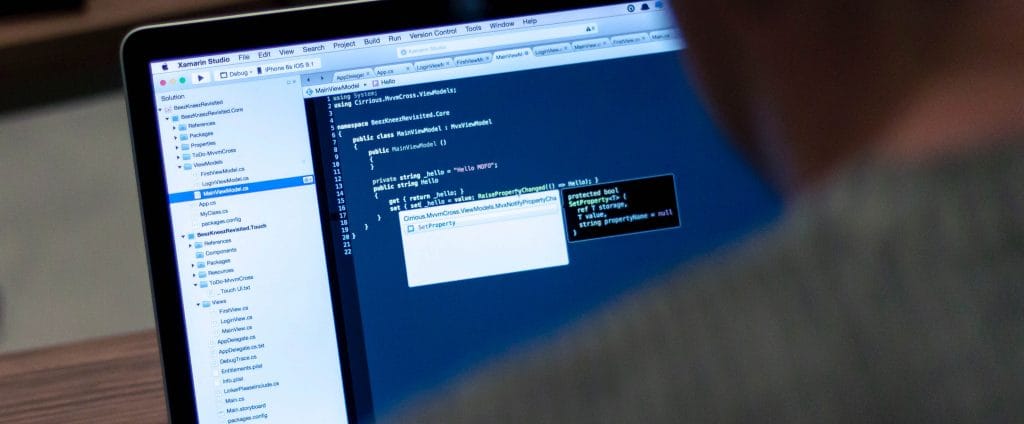Guarding Your Data: How Artificial Intelligence Bolsters Data Security
July 18, 2023
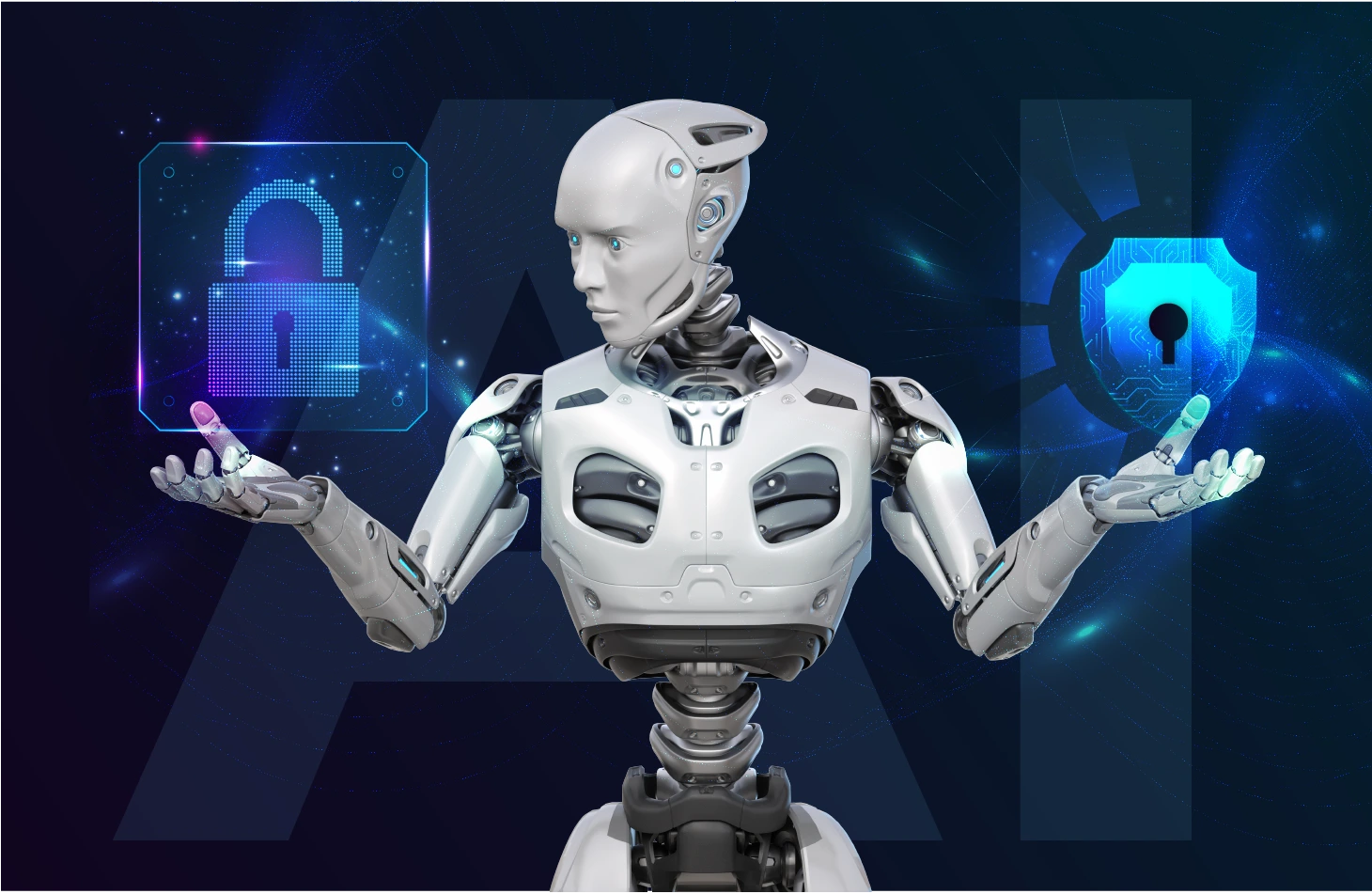
The evolution of AI technology has been remarkable, with significant advancements and breakthroughs in recent years. Deep learning has led to a new wave applications of AI in Cybersecurity Service, such as self-driving cars, facial recognition software, and natural language processing. These applications are still in their early stages, but they have the potential to revolutionize many industries.
Continuous research and development as well as multidisciplinary partnerships with disciplines like computer science, mathematics, neurology, and psychology are what propel the growth of AI. Ethics-related factors including privacy, bias, and accountability are becoming more crucial as AI develops. The future of AI must be shaped by finding the correct balance between innovation and accountability.
Understanding the capabilities, constraints, and ethical ramifications of AI is essential in this era of AI-driven technologies. It creates fresh potential for innovation, boosts production and efficiency, and offers fascinating opportunities and challenges for people, businesses, and society at large. The potential for AI to revolutionize technology and influence our future is enormous and constantly growing as it continues to develop.
Cyber threats are evolving at a rapid rate, and businesses and individuals are looking for creative ways to fortify their cybersecurity defenses. Artificial intelligence is one technology that has become a potent ally in this continuing conflict. AI is transforming cybersecurity thanks to its capacity to scan massive volumes of data, find patterns, and automate actions.
How can AI algorithms contribute to Threat detection?
Being adept at identifying and averting attacks is one of AI’s key contributions to cybersecurity Services. It is frequently difficult for traditional rule-based systems to keep up with the continually changing attack techniques used by cybercriminals. On the other hand, artificial intelligence (AI) makes use of machine learning algorithms to continuously analyze enormous amounts of data, spotting trends and abnormalities that can point to illicit activity. Using AI-powered threat detection systems, organizations can proactively identify and respond to threats before significant damage occurs. Here are some features for detecting the threat. Below are several functionalities aimed at threat detection.
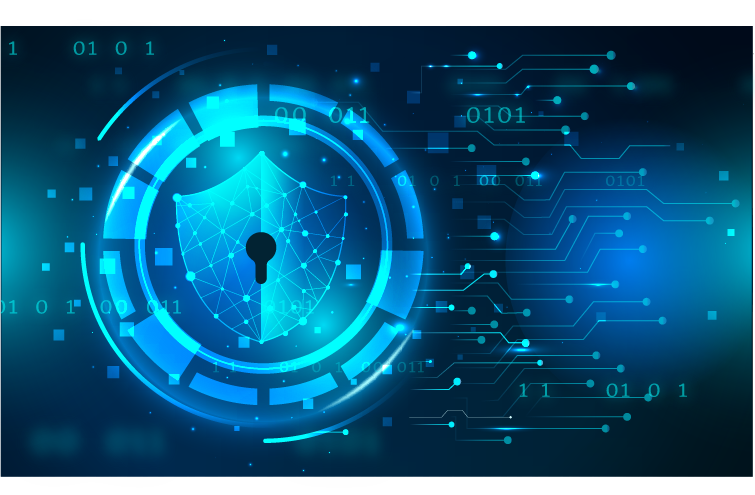
Advanced Threat Intelligence:
Large-scale threat intelligence data processing and aggregation are expertly handled by AI systems. To obtain information about prospective cyber threats, they can keep an eye on a variety of sources, including public forums, social networking sites, and dark web marketplaces.
Security teams may keep ahead of new threats by using real-time insights produced by AI algorithms’ analysis of this data. As a result, they can modify their defensive tactics. Organizations may strengthen their security posture and effectively counter emerging threat vectors thanks to this proactive approach.
Image and Audio Analysis:
Images and audio can be analyzed by AI algorithms to find hidden security risks in multimedia information. AI algorithms can be used, for instance, to detect malicious code in image files or examine speech recordings for indicators of attempts at social engineering. These features improve security systems’ general ability to detect threats.
Pattern Recognition:
Huge datasets are a great place for AI algorithms to identify patterns and relationships. AI algorithms can examine enormous quantities of network traffic, system records, and user behavior in the context of security detection to spot recurrent patterns linked to known risks. This makes it possible to identify malicious behaviors that conventional rule-based systems could have missed.
Real-Time Threat Analysis:
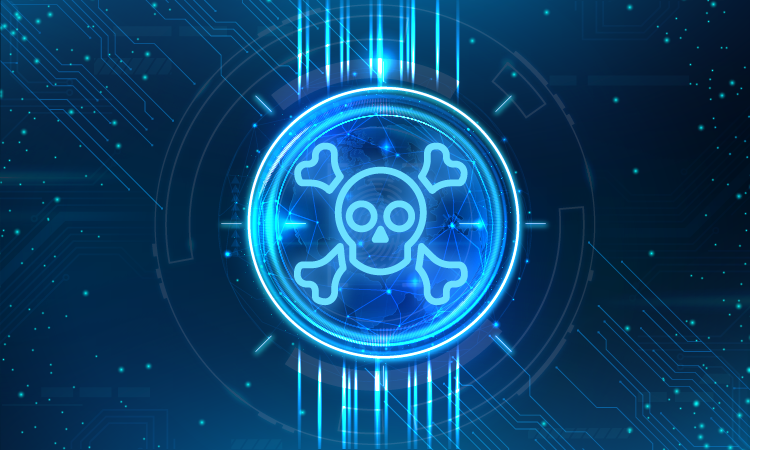
- Proactive Real-Time Threat Monitoring and Intelligence Updates:
AI systems constantly scan different threat intelligence data sources, delivering up-to-date information on potential cyber threats. This enables security teams to stay up to date on the most recent strategies, techniques, and practices used by threat actors, enabling them to react quickly and successfully. - Real-Time User Behavior Analysis for Enhanced Security Detection:
Real-time user behavior analysis allows systems to establish baseline patterns and spot deviations that can point to security flaws. AI systems can detect anomalies by keeping track of user behavior. These abnormalities may include strange login locations, access patterns, or data retrieval behaviors. - Advanced Real-Time Endpoint Protection with AI Algorithms:
Endpoint protection systems with AI capabilities may track and analyze individual devices’ activity in real-time. Real-time protection against potential threats is provided by these solutions, which use AI algorithms to identify and stop malware infections, unauthorized access attempts, and suspicious behaviors on endpoints.
Data Aggregation and Fusion:
- AI-driven Data Fusion for Holistic Threat Analysis:
Data from a variety of sources, such as public feeds, security vendors, industry reports, and internal security logs, can be combined and agglomerated by AI. AI systems can provide a thorough overview of the threat landscape by aggregating and correlating data from many channels, revealing links and patterns that could go undiscovered when evaluated separately. - Real-Time Automated Decision-Making with AI Analytics:
Using real-time data analysis, these systems can automate decision-making procedures. When certain conditions or security problems are discovered, AI algorithms can initiate automated operations or produce warnings for security professionals to take rapid action by setting established rules and thresholds. - Continuous Learning and Adaptive Capabilities of AI in Cybersecurity Service:
Algorithms are able to continuously adapt to changing threats, learn from fresh data streams, and improve their analytic skills. Real-time monitoring systems can get better over time by utilizing machine learning and AI approaches, increasing their capacity to recognize and address new security issues.
Enhanced User Authentication:
- Strengthening User Authentication with AI-Powered Identity Verification:
The protection of digital assets depends heavily on authentication. AI can improve user authentication by putting in place reliable identity verification processes. In order to create a distinctive user profile, machine learning algorithms may learn and recognize user activity patterns including typing speed, mouse movements, and application usage. - Advanced Behavioral Biometric Authentication:
A unique behavioral biometric profile for each user can be created using AI algorithms that evaluate human behavior patterns, such as typing rhythm, mouse movement, or touchscreen interactions. AI systems may detect anomalies that can signal unwanted access attempts by continuously monitoring these behavioral patterns. This allows them to take additional authentication procedures or raise alerts to stop any breaches. In this fast-evolving technological landscape, we should always be one step ahead of AI.
Key Reasons Why Organizations Should Stay Ahead of the AI in Cybersecurity Service:
Competitive Advantage:
Early and effective adoption of AI can provide businesses with a major competitive edge. Businesses may automate tasks, streamline operations, and gain insightful information from data by utilizing AI technologies.
Organizations may beat rivals, produce cutting-edge goods and services, and react rapidly to shifting market dynamics by staying ahead of the curve.
Enhanced Efficiency and Productivity:
Complex activities can be completed by AI-powered systems more correctly and quickly than by humans. Automating monotonous tasks allows human resources to concentrate on work that has a higher value promoting productivity and innovation. Businesses may optimize processes, cut costs and boost overall efficiency by implementing AI tools and approaches.
Data-Driven Decision-Making:
Today’s wealth of data makes it possible for businesses to gain insightful data and make data-driven decisions. Huge datasets may be analyzed by AI algorithms which can also spot trends and offer useful information. Businesses may use these insights to make educated decisions, optimize their approaches and capture new possibilities if they stay ahead of the AI curve.
Personalized Customer Experiences:
Thanks to AI, companies can now offer their customers customized and tailored experiences. AI systems are able to comprehend the preferences, actions, and wants of customers using advanced analytics and machine learning. To increase customer happiness and loyalty, businesses may use AI to develop tailored goods, focused marketing campaigns, and smooth customer interactions by staying ahead of the curve.
Innovation and Disruption:
AI is a disruptive transformation and innovation driver. Businesses can discover new opportunities, find creative applications, and develop disruptive business models by staying ahead of the AI curve. AI-driven breakthroughs have the power to transform entire marketplaces change entire industries, and stimulate economic growth.
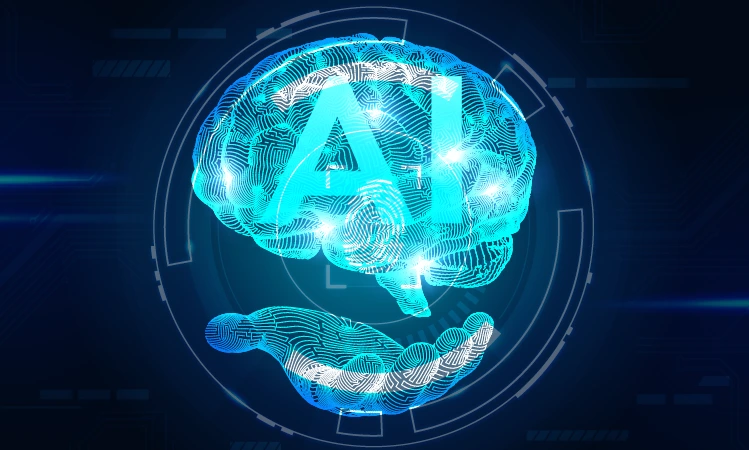
Final Thoughts:
In conclusion, the role of AI in cybersecurity is transformative. It enables people and businesses to effectively defend against fresh threats, prevent cyberattacks, and protect irreplaceable digital assets.
Staying ahead of the AI curve requires a commitment to lifetime learning and continuous skill development. By improving their abilities and adapting to changing AI trends, people and organizations can stay relevant and competitive in the face of technological advancements. By combining AI power with human knowledge and expertise, we can create a better and more secure digital environment for everyone.
Keep reading about
LEAVE A COMMENT
We really appreciate your interest in our ideas. Feel free to share anything that comes to your mind.
Our 16 years of achievements includes:
10M+
lines of codes
2400+
projects completed
900+
satisfied clients
16+
countries served



